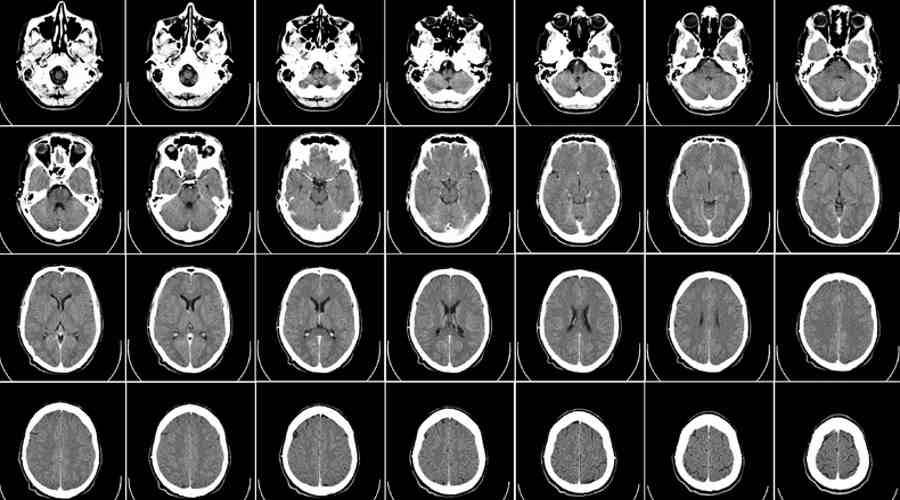
Swedes have developed a new treatment for Parkinson’s disease
Researchers at Karolinska Intitutet have developed a new treatment for Parkinson’s that involves modifying the affected patient’s glial cells. Researchers have successfully tested the method on mice by removing the tremor characteristic of the disease.
Parkinson’s disease is a slowly progressive disease of the central nervous system. Intractable tremor, as the disease is also called, is caused by a neurotransmitter deficiency – dopamine (dopaminergic neurons). It is caused by the death of neuronal that produce dopamine. Parkinson’s patients have characteristic symptoms such as tremor, rigidity, abnormal balance.
Current therapies do not counteract the death of neuron in dopaminergic neurons and have limited efficacy. Earlier pr to stop the process of neurodegeneration focused on transplantation into m zg In patients with Parkinson’s com dopamine-producing records taken from aborted fetuses In or obtained from com stem rec. However, the Swedes used a different solution that did not require transplantation .
The new method developed at Karolinska Intitutet involves transforming those present in m zgu com glial progenitors – astrocyte so that they produce dopamine. During a study on mice, scientists using a harmless lentivirus introduced into astrocytes into modifications. With these systems, the cells glial cells have begun to produce dopamine.
Mice with symptoms consistent with Parkinson’s disease undergoing the treatment showed significant improvement. The symptoms of the disease were visibly diminished, and after five weeks there was almost no trace of the disease. During the study, Swedish scientists also transformed human astrocytes, which re They also began to behave like dopaminergic neurons.
Although this is just the beginning of research into the effectiveness of the new method, experts have ruled that it is extremely promising. However, before the test occurs in humans will take at least several years. The method developed by the Swede may in the future significantly improve the quality of life of Parkinson’s sufferers os b. It may also be possible to cure patients completely with its help.


